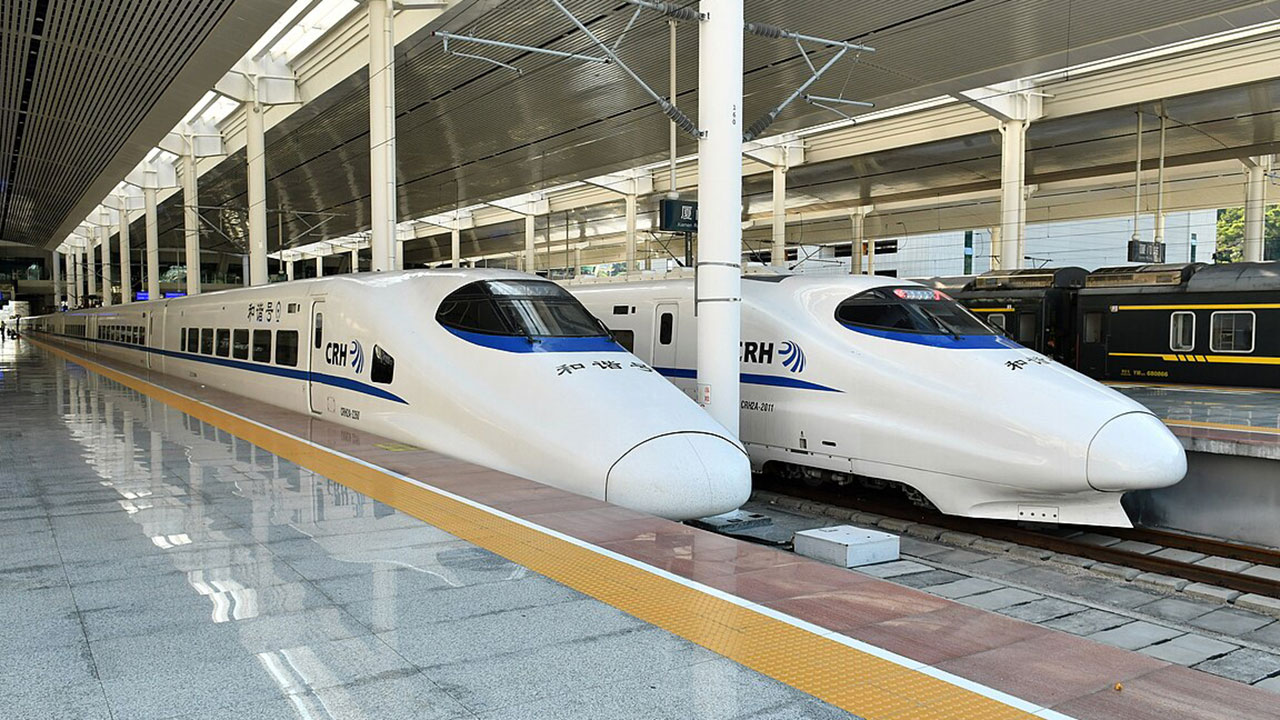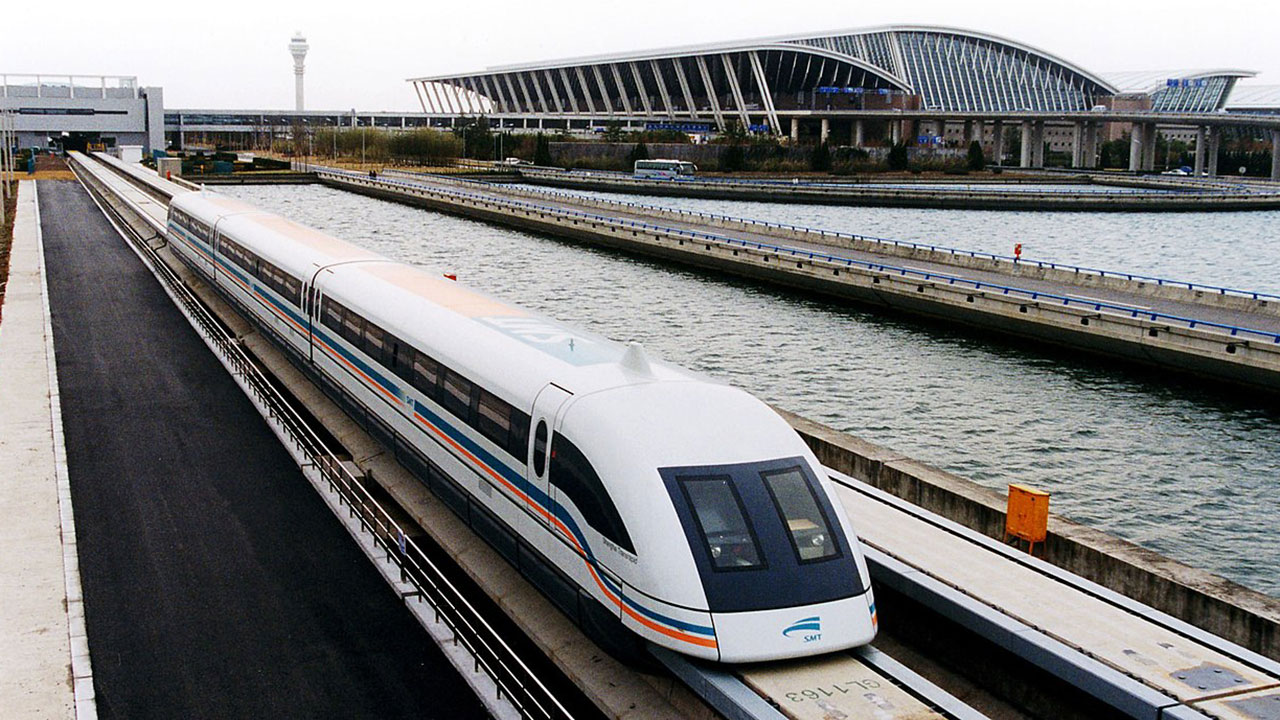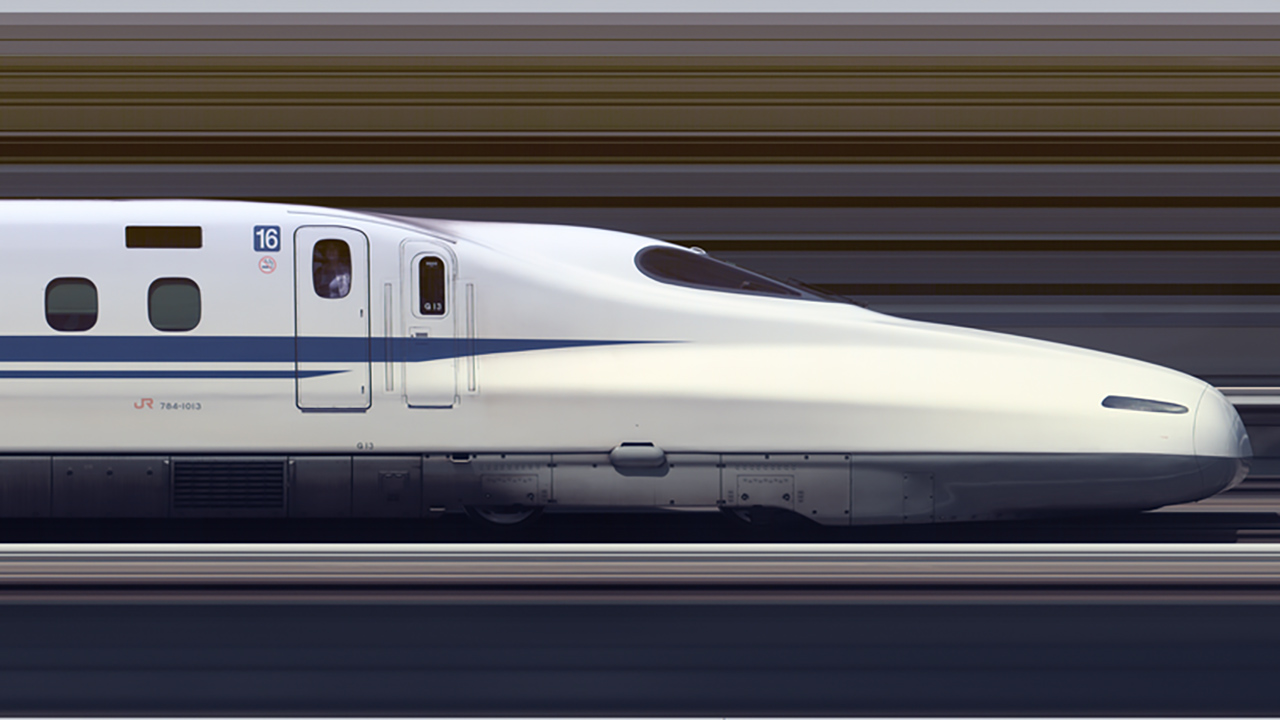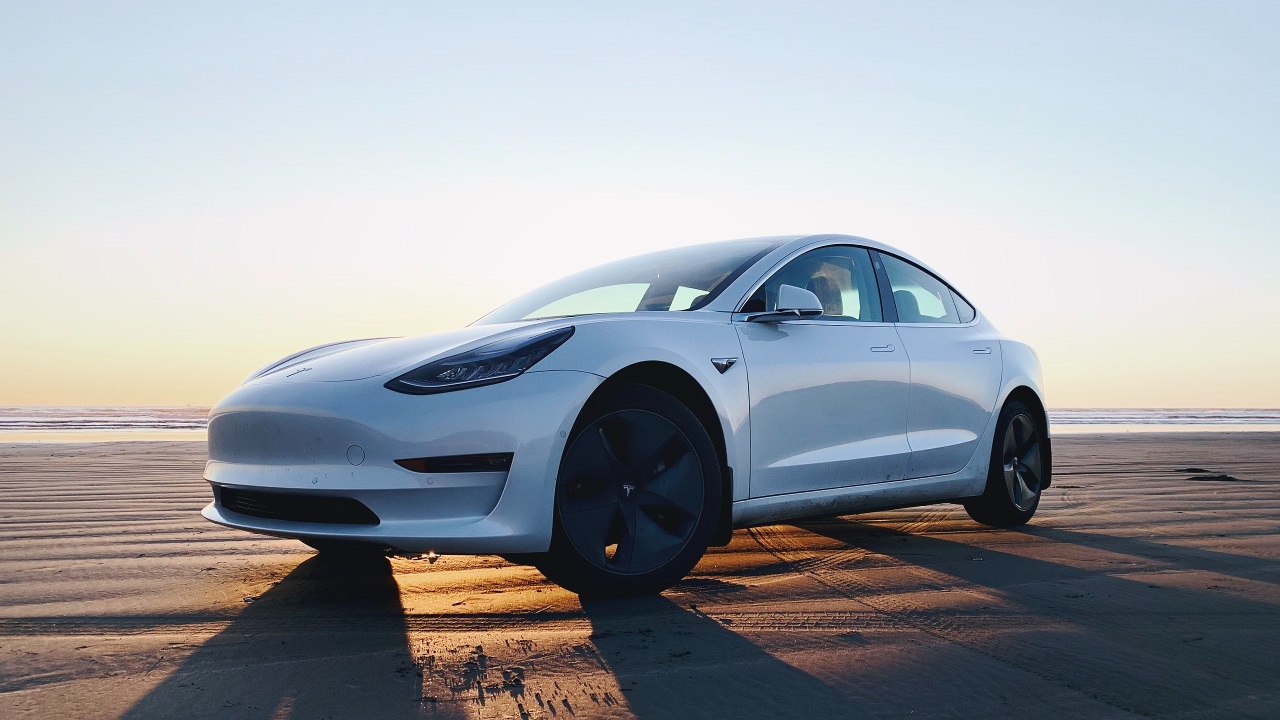The year 2025 marks a significant milestone in the evolution of high-speed rail, with countries around the world unveiling state-of-the-art bullet trains that redefine travel. These advanced trains not only promise unprecedented speed but also incorporate cutting-edge technology and sustainable practices, setting new standards in the rail industry.
The Rise of High-Speed Rail in North America

In the United States, the California High-Speed Rail project has been at the forefront of the nation’s push towards faster and more efficient train travel. Started with the ambition to connect major urban centers across California, the project has seen significant advancements. Recent updates include design improvements that enhance both speed and aerodynamics, setting the stage for an expected operational date in the near future. These developments have brought renewed optimism about the potential of high-speed rail in the U.S.
Beyond California, several new routes are under development, showcasing North America’s growing commitment to high-speed rail. These include planned connections across the east coast and the Midwest. However, the expansion does not come without challenges. Funding and regulatory hurdles continue to pose significant obstacles. Yet, the opportunities for economic growth and reduced travel times offer a compelling case for continued investment in this sector.
Innovations in Train Technology

One of the significant advancements in 2025 is the next-generation train design, which includes remarkable improvements in aerodynamics and materials. These trains are sleeker and more energy-efficient, employing lightweight materials like carbon fiber composites that not only increase speed but also enhance passenger comfort. The futuristic design includes spacious interiors and ergonomic seating, making long-distance travel more pleasant for passengers.
Equally transformative is the integration of smart technology. Modern bullet trains are equipped with AI and IoT systems that optimize operational efficiency and improve the passenger experience. For instance, real-time data collection helps in predictive maintenance, reducing downtime and enhancing safety. AI-driven systems can manage train schedules more effectively, ensuring punctuality and efficient use of resources. These technologies represent a significant leap forward in making high-speed rail not only faster but smarter.
Sustainability and Environmental Impact

High-speed trains in 2025 have embraced eco-friendly initiatives, with many models powered by renewable energy sources. The shift towards green technologies is evident in the adoption of solar panels and wind energy systems, significantly reducing the carbon footprint of these trains. This commitment to sustainability is part of a broader effort to make rail travel the most environmentally friendly mode of mass transportation.
When compared to other modes of transportation, bullet trains offer considerable environmental benefits. They produce fewer emissions per passenger mile than cars or airplanes, making them a vital component in global efforts to combat climate change. The rail industry’s long-term sustainability goals include further reducing emissions and transitioning to fully renewable energy sources. This focus on sustainability is not only crucial for the environment but also positions high-speed rail as a key player in the future of global transportation.
Global Leaders in Bullet Train Development

Asia continues to dominate the high-speed rail market, with countries like Japan and China leading the way. Japan’s Shinkansen trains are renowned for their speed and reliability, continually setting benchmarks in the industry. Meanwhile, China has expanded its high-speed rail network at an unprecedented pace, introducing new models that push the boundaries of speed and technology. These advancements ensure that Asian countries remain at the forefront of global rail innovation.
In Europe, countries like France, Germany, and Spain have made significant contributions to high-speed rail technology. The collaborative efforts among European nations have led to the development of advanced train models that compete with their Asian counterparts. These projects highlight the importance of international cooperation and competition in driving technological advancements. As European companies continue to innovate, the rail industry benefits from a diverse range of solutions and improvements.
Anticipating the Future of High-Speed Rail

Looking ahead, the next decade promises exciting developments in high-speed rail. Emerging trends include the potential for completely autonomous trains and further integration of AI in rail operations. These breakthroughs are likely to redefine the parameters of speed and efficiency in train travel. Government policies and international cooperation will play crucial roles in facilitating these advancements, fostering a global environment conducive to innovation.
The impact of bullet trains on global connectivity cannot be overstated. As these trains increasingly connect distant regions, they are reshaping travel and commerce by making it faster and more accessible. The future of high-speed rail lies in its ability to bridge gaps between regions, fostering economic growth and cultural exchange. With continued investment and technological breakthroughs, bullet trains will remain pivotal in the evolution of global transportation, offering a glimpse into a world where distance is no longer a barrier to connectivity.
Like Fast Lane Only’s content? Be sure to follow us.
Here’s more from us:
*Created with AI assistance and editor review.







Leave a Reply